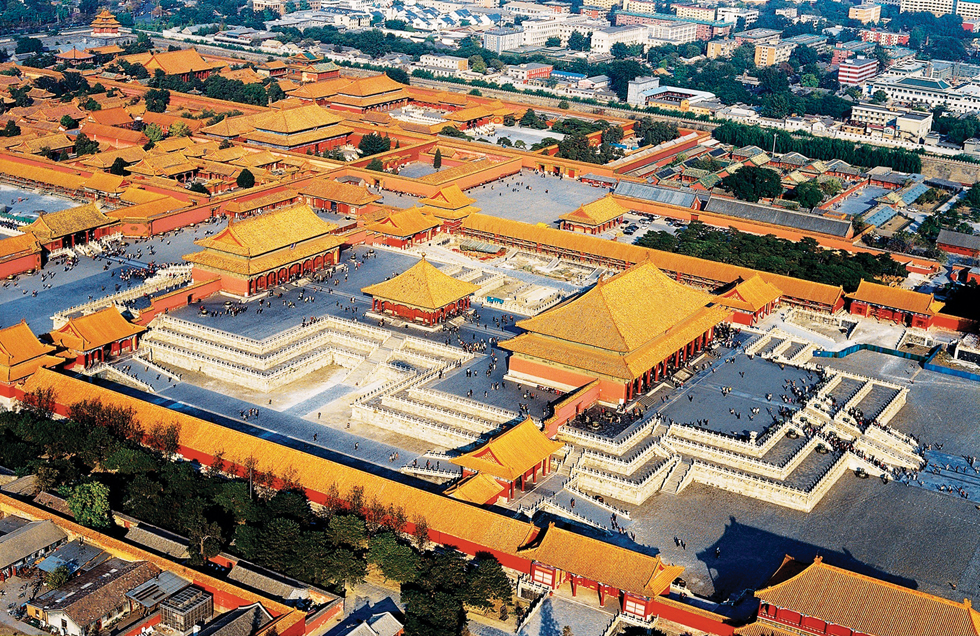The Rise of Zhu Yuanzhang and the Founding of the Ming Dynasty
The founder of the Ming Dynasty, Zhu Yuanzhang (1328–

A few years later, in 1351, members of a religious sect known as the Red Turbans rose in rebellion against the government. Red Turban teachings drew on Manichaean ideas about the incompatibility of the forces of good and evil as well as on the cult of the Maitreya Buddha, who according to believers would in the future bring his paradise to earth to relieve human suffering. The Red Turbans met with considerable success, even defeating Mongol cavalry. When the temple where Zhu Yuanzhang was living was burned down in the fighting, Zhu joined the rebels and rose rapidly.
Zhu and his followers developed into brilliant generals, and gradually they defeated one rival after another. In 1356 Zhu took the city of Nanjing and made it his base. In 1368 his armies took Beijing, which the Mongol emperor and his closest followers had vacated just days before. Then forty years old, Zhu Yuanzhang declared himself emperor of the Ming (Bright) Dynasty. As emperor, he is known as Taizu (TIGH-
Taizu started his reign wanting to help the poor. To lighten the weight of government taxes and compulsory labor, he ordered a full-
Although in many ways anti-
Garrisons were concentrated along the northern border and near the capital at Nanjing. Each garrison was allocated a tract of land that the soldiers took turns cultivating to supply their own food. Although in theory this system should have provided the Ming with a large but inexpensive army, the reality was less satisfactory. Garrisons were rarely self-
Taizu had deeply ambivalent feelings about men of education and sometimes brutally humiliated them in open court, even having them beaten. His behavior was so erratic that it is most likely that he suffered from some form of mental illness. As Taizu became more literate, he realized that scholars could criticize him in covert ways, using phrases that had double meanings or that sounded like words for “bandit,” “monk,” or the like. Even poems in private circulation could be used as evidence of subversive thoughts. When literary men began to avoid official life, Taizu made it illegal to turn down appointments or to resign from office. He began falling into rages that only the empress could stop, and after her death in 1382 no one could calm him. In 1376 Taizu had thousands of officials killed because they were found to have taken shortcuts in their handling of paperwork for the grain tax. In 1380 Taizu concluded that his chancellor was plotting to assassinate him, and thousands only remotely connected to the chancellor were executed. From then on, Taizu acted as his own chancellor, dealing directly with the heads of departments and ministries.

The next important emperor, called Chengzu or the Yongle emperor (r. 1403–
Early in his reign, Chengzu decided to move the capital from Nanjing to Beijing, which had been his own base as a prince and the capital during Mongol times. Constructed between 1407 and 1420, Beijing was a planned city. Like Chang’an in Sui-
The areas surrounding Beijing were not nearly as agriculturally productive as those around Nanjing. To supply Beijing with grain, the Yuan Grand Canal connecting the city to the rice basket of the Yangzi River regions was broadened, deepened, and supplied with more locks and dams. The 15,000 boats and the 160,000 soldiers of the transport army who pulled loaded barges from the towpaths along the canal became the lifeline of the capital.